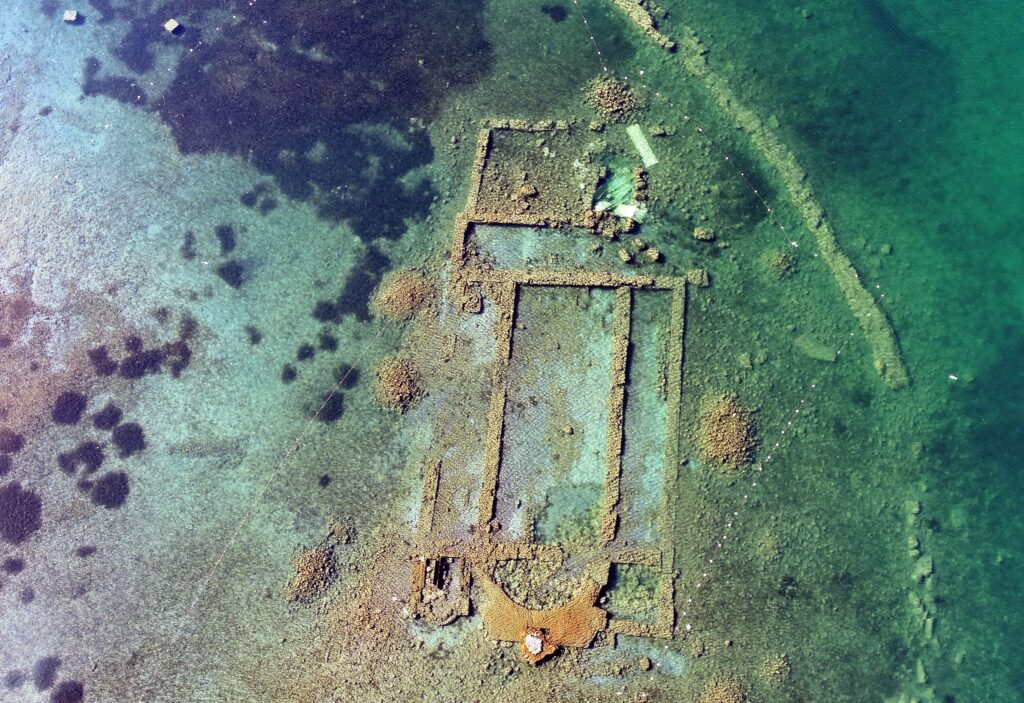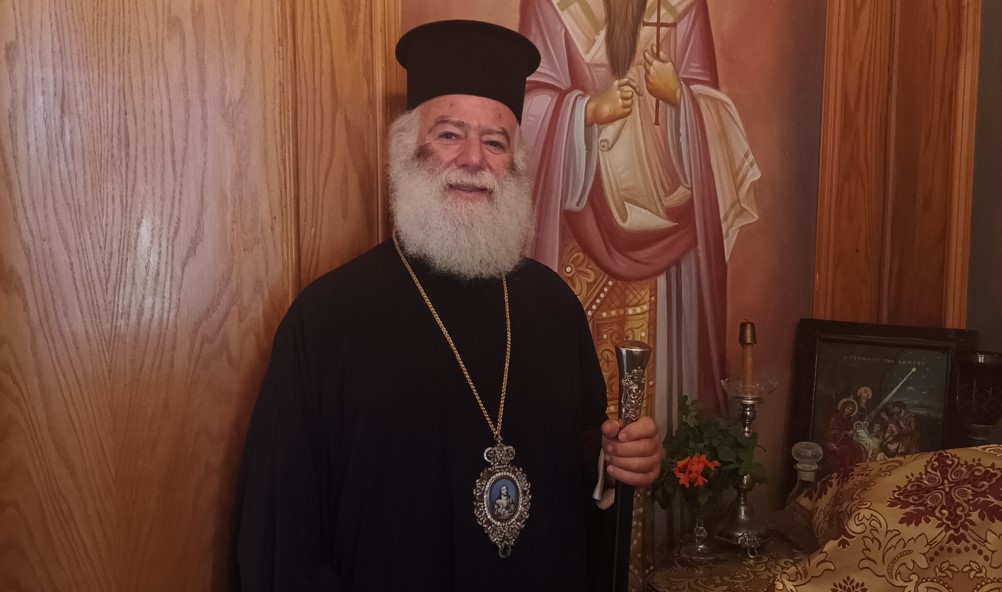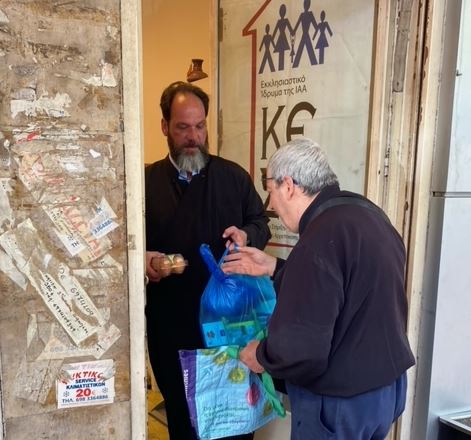Ancient Church Discovered Under Turkish Lake

The remains of a 1,500-year-old basilica constructed in honor of St. Neophytos have now emerged after water levels in Lake Iznik in the province of Bursa had dropped recently, the newspaper Daily Sabah reports.
The basilica in northwest Turkey, hidden underwater for centuries and believed to be dating back to the 4th or 5th century AD, was discovered after aerial photographs of the lake were taken, revealing the submerged ruins of the Byzantine church, only 20 meters from the banks of the lake.
Archaeologists had discovered that there was a basilica submerged there as early as 2014; however, the dropping water levels brought it very close to the surface recently, after a drought affected the region.
The area, including the city of Nicaea, where the Nicene Creed was agreed upon in the First Ecumenical Council, served as an important religious and cultural center during the Byzantine and early Christian periods. Experts say that the basilica is an example of early Christian architecture.
It is estimated that the church was submerged into the lake during an earthquake in the year 740. Several important artifacts have been found since excavations began in 2015 with the aim to exhibit the ruins of the basilica as part of an underwater museum.
According to another report on the website My Modern Met, a team led by Dr. Mustafa Sahin, the head of archeology at Bursa Uludag University, undertook underwater excavations to discover more about the sunken church.
The basilica had actually been built upon an existing structure, which was a common practice at the time. Αdditionally, no evidence of mosaic or stone floors was found, with researchers presuming that the existing structure had an earthen or wood floor.
Several graves were found on site, with some containing skeletons of several young children and a middle-aged adult.
The church is believed to be dedicated to St. Neophytos, a saint martyred in Nice (in today’s France) when he refused to make a sacrifice to the pagan gods under the orders of the governor.
It was built on the site of St. Neophytos’ grave, as it was common to construct churches atop the graves of martyrs and worshippers wanted their own graves one day to be close to that of a saint.
According to the report, Dr. Sahin believes that the building the basilica sits upon may have been a pagan temple dedicated to the ancient Greek god Apollo.
H αναδημοσίευση του παραπάνω άρθρου ή μέρους του επιτρέπεται μόνο αν αναφέρεται ως πηγή το ORTHODOXIANEWSAGENCY.GR με ενεργό σύνδεσμο στην εν λόγω καταχώρηση.
Ακολούθησε το ORTHODOXIANEWSAGENCY.gr στο Google News και μάθε πρώτος όλες τις ειδήσεις.


















